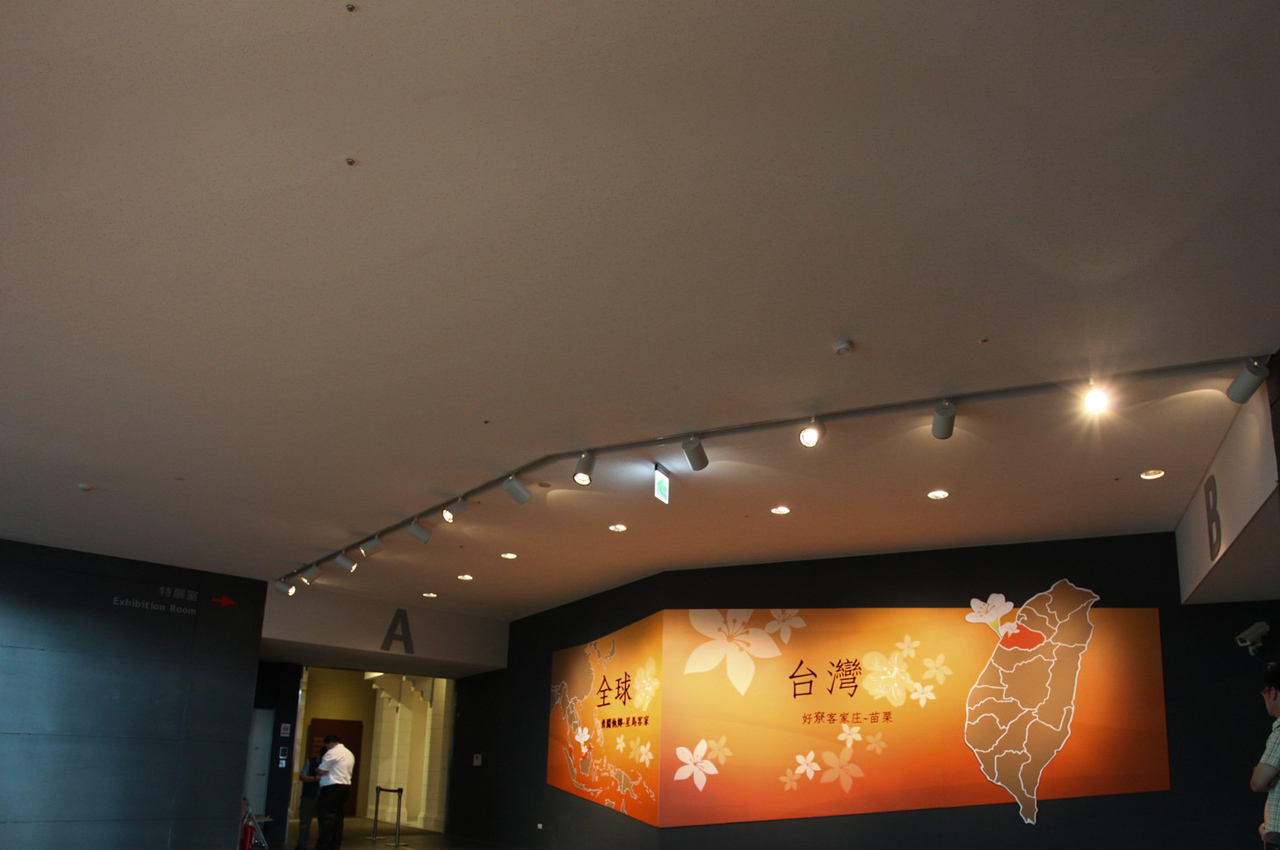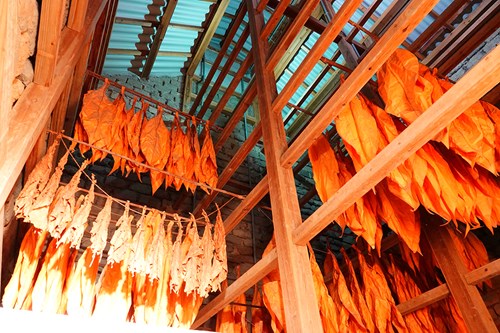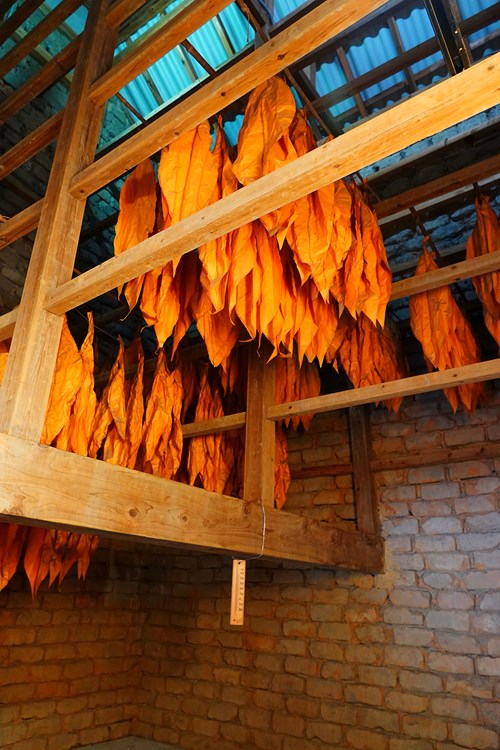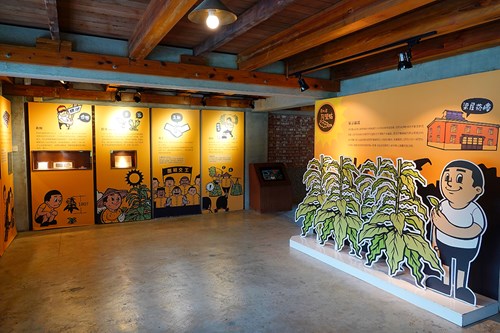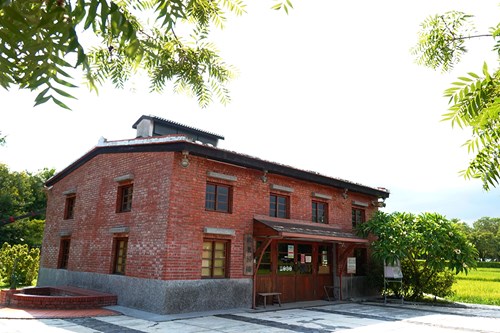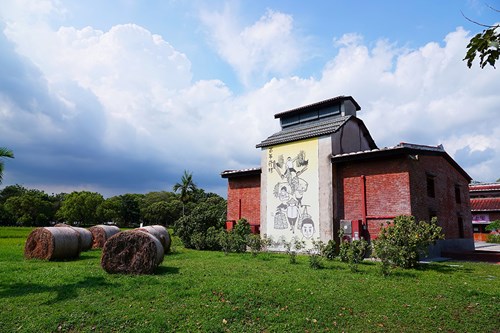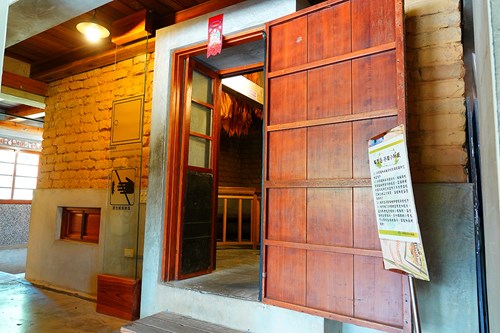Current Exhibition
4th special exhibition room (The baking smell for a hundred years – tobacco house)

The baking smell for a hundred years – tobacco house
Tobacco house is a place that was used to dry the green and fresh tobacco leaves into the yellow and light form. It is also the most difficult procedure in tobacco making. It is the relic of the once flourished tobacco industry. This tobacco house was donated selflessly by Mr. Liang Kun-ho from Gaoshu Townshi of Pingtung. This traditional Osaka-style tobacco house was built in 1961 by Liang Lian-ding and Liao Hui-mei, the parents of Mr. Liang Kun-ho. The tobacco served for about 20 years. Until 1982, as the new tobacco machine was introduced, this house was abandoned. In 2009, Mr. Liang Kun-ho donated this tobacco house to us and it was then moved to Liudui Hakka Cultural Park.
The tobacco house exhibition “Hundred year of tobacco house – the memory of baking” is designed based on the story of a tobacco peasant Ah Kun Gu, telling the story of a peasant’s warn and busy tobacco making life.
Tobacco house – the tobacco leaf drying house
Generally, there are two types of Tobacco house: Osaka style and Hiroshima style. They seem similar and serve the same function. The only difference is the skylight design because of the weather influence. In Taiwan, most of the tobacco house employ Osaka style, which is the same as the one that is showed in Liudui park. There is an exhibition of “tobacco leaf drying house” that refers to the central part of the tobacco house. The house is made of brick with a rack. On the top side of it there is a little roof called “central stove” for the use of drying tobacco leaves.
